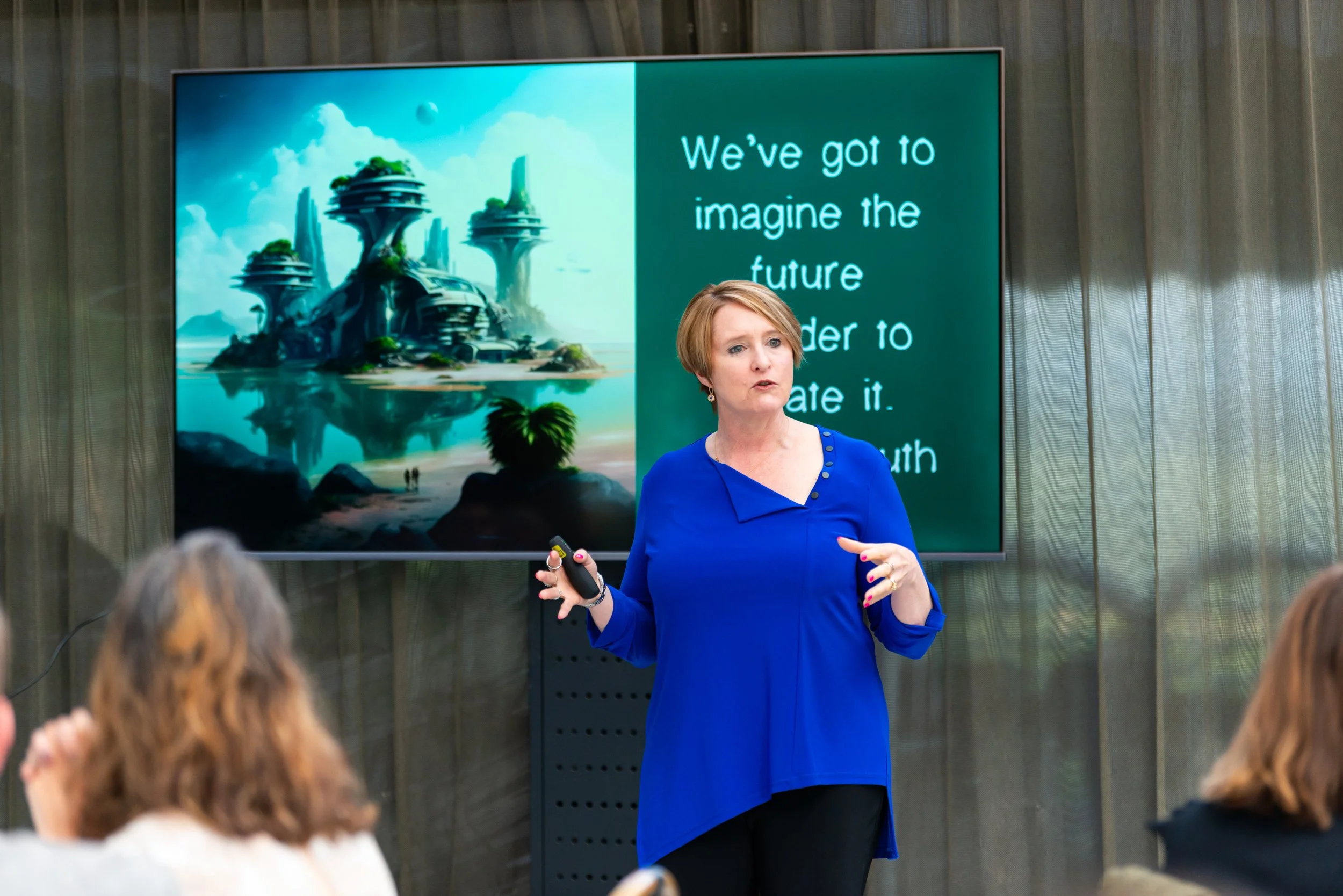Colleen didn’t get it. Her idea for building a better corporate culture was sound. She wanted to run a Culture Compass session with her teams so they could set the right expectations of how they might work together. It’s a solid platform for good team relationships.
One of her direct reports, Henry, wasn’t having a bar of it. He thought it was a waste of time. He believed staff should show up, do their job like they’re supposed to, and everything would be fine.
Colleen was at her wit’s end trying to get him on board.
Why is buy in so hard?
Buy-in starts with you and your leadership
As leaders, we can be inspired by ideas and excited to implement them. It can come as a shock when not everyone shares our enthusiasm. I’ve seen leaders default to blaming dissenters:
They’re old school.
They just want to maintain an Old Boys’ club.
They don’t like change.
He’s a cranky old bastard.
She’s jealous.
If we’re going to get buy in, we don’t start by blaming others.
Consider the triggers and other leadership perspectives
First, we explore underlying human behaviour patterns. David Rock and other neuroscientists have mapped out common contemporary survival triggers in workplaces. These can be activated when we put forward an idea they haven’t initiated themselves.
Resistance stems from fear of loss.
We may fear loss of job security, status, privilege, friendship circle, productivity, and power.
If resistance to a suggestion arises, likely one of these fears has been triggered. It’s up to us to frame our idea so that we deal with these possible triggers.
For Colleen, when she looked at Henry’s possible triggers, she realised that he might experience a sense of loss of power from the Culture Compass exercise. His style was very command and control. A facilitated exercise asking for input went against his preference for being in charge, dictating terms of operations and engagement.
Colleen’s work turned from selling an idea to helping Henry develop as a leader. She realised she needed to help him develop his confidence as a leader so that he could experiment with styles other than authoritarian, which wasn’t always appropriate in their workplace.
Sometimes buy in is less about the idea and more about the audience.
My friend Simon Dowling has written an excellent book on buy in called, Work With Me - How to get people to buy-in to your ideas where he explores this idea in depth. I highly recommend it.
In the meantime, if you are struggling to get buy in, consider this thought from John C. Maxwell:
“People buy into the leader before they buy into the vision.”
Before we start blaming others for their stubborn resistance, we might take a look at how we are showing up. Are we being a leader worth following? Do we walk our talk? Do we demonstrate kindness? Have we got runs on the board? Have we done the emotional labour of creating trust and loyalty?
Buy in is no simple task. If we start with ourselves, we set the right tone.
How do you create buy in for your ideas? How do you deal with resistance? How might you be a better leader?
***
Related Articles:
Do you want to stand out or fit in? The key influence hack to help you feel more powerful
Three influence points for big picture change
***
About the author, Canberra leadership expert Zoë Routh:
Zoë Routh is one of Australia’s leading experts on people stuff - the stuff that gets in our way of producing results, and the stuff that lights us up. She works with the growers, makers, builders to make people stuff fun and practical.
Zoë is the author of four books: Composure - How centered leaders make the biggest impact, Moments - Leadership when it matters most, Loyalty - Stop unwanted staff turnover, boost engagement, and build lifelong advocates, and People Stuff - Beyond Personalities: An advanced handbook for leadership. People Stuff was awarded Book of the Year 2020 by the Smart WFM Australian Business Book Awards.
Zoë is also the producer of The Zoë Routh Leadership Podcast.

